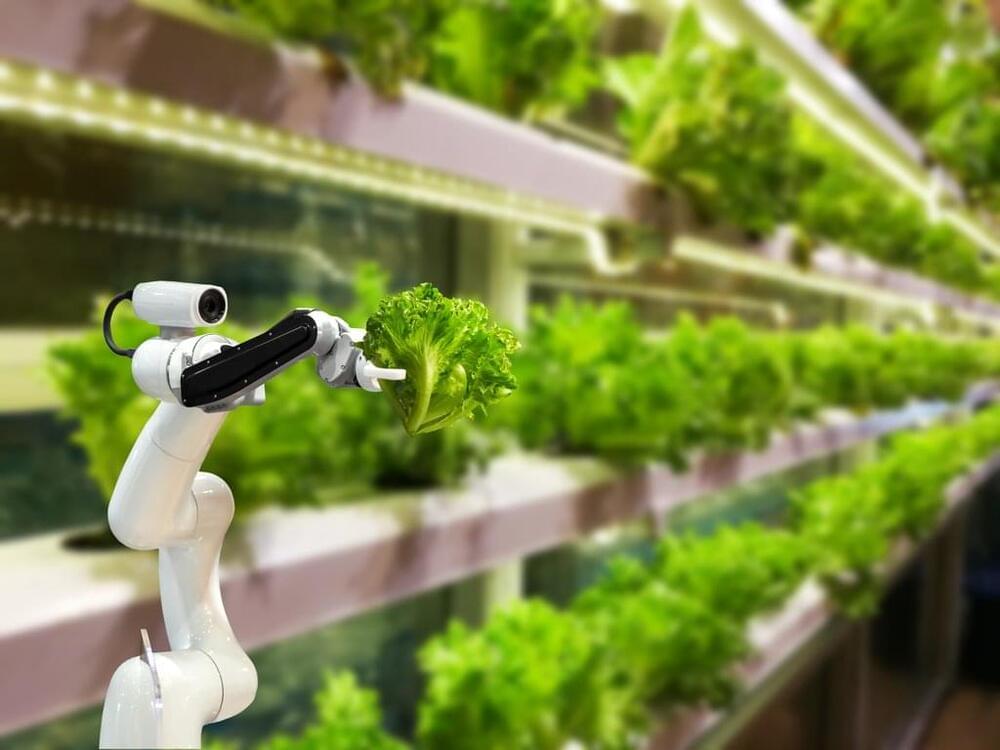HOW FRESH IS FRESH?
Turkey, stuffing, cranberry sauce, and pie will soon fill our kitchens with the sweet smell of Thanksgiving. If you’re anything like us, you’ll need to clear out a few things from your fridge before you can squeeze in all of the leftovers. As you stare into your salad crisper and decide what to keep and what to toss, take a moment to read the labels. Where do your vegetables come from? Here is what we found in our TRANSCEND fridge: cucumbers from Ontario Canada, green beans from Florida, grapes from California, lemons from Argentina, and oranges from South Africa. Imagine the trucks, boats, and people involved in getting all of that produce to our table!
Now, consider the quality of your produce. Are your tomatoes sweet and firm? Broccoli crunchy? Strawberries fresh and juicy? What does “fresh” actually mean? Our agricultural system depends on the weather which means we are constantly chasing the perfect environment to grow the perfect crops. And sometimes that perfect environment is thousands of miles from where we live, which means those crops have to spend weeks or months in cold storage and on trucks before they arrive in our local markets. Did you know that the typical storage time for apples is six to twelve months before they are put out for sale? Lettuce is stored for up to four weeks, tomatoes are stored for up to six week, and carrots are stored for up to nine months. Yet they are all considered “fresh” by current standards.
